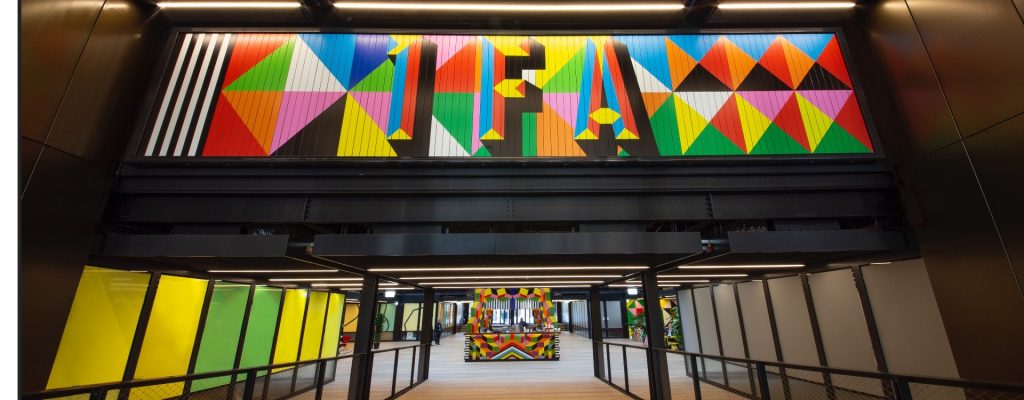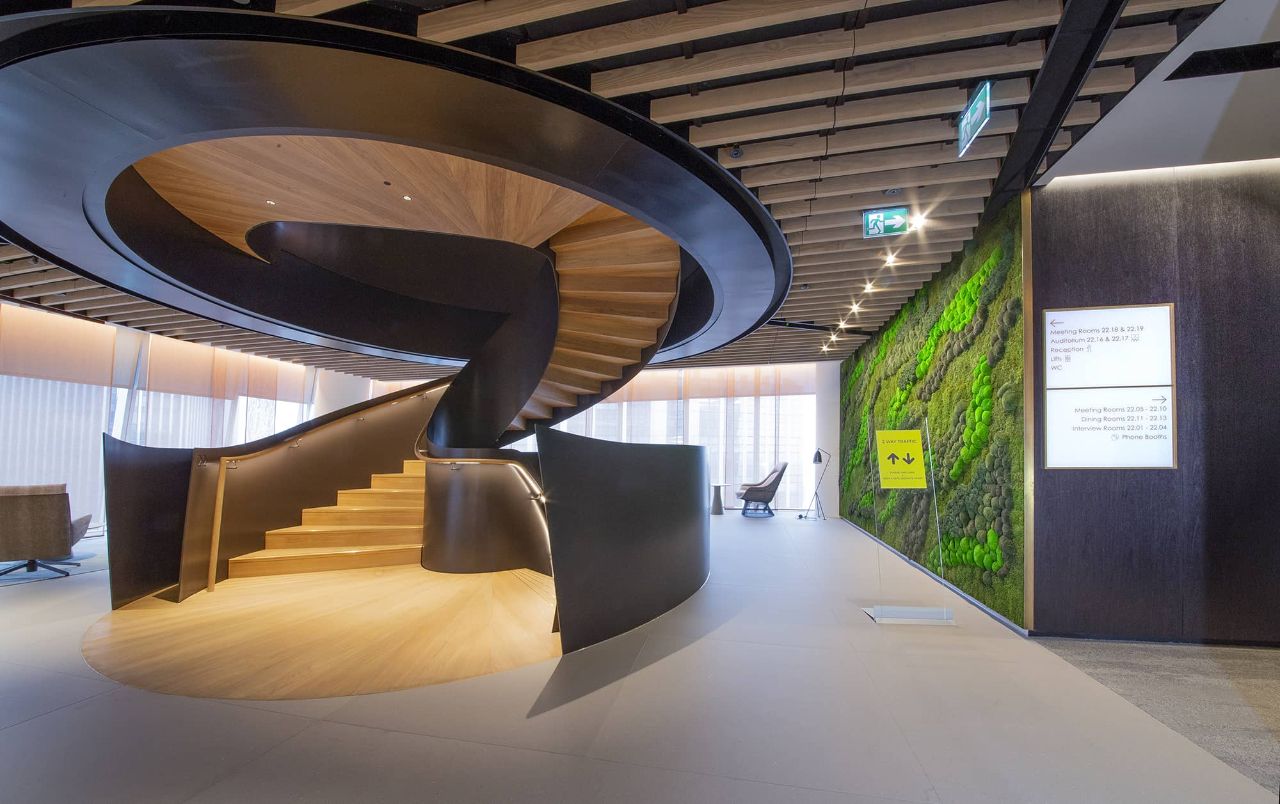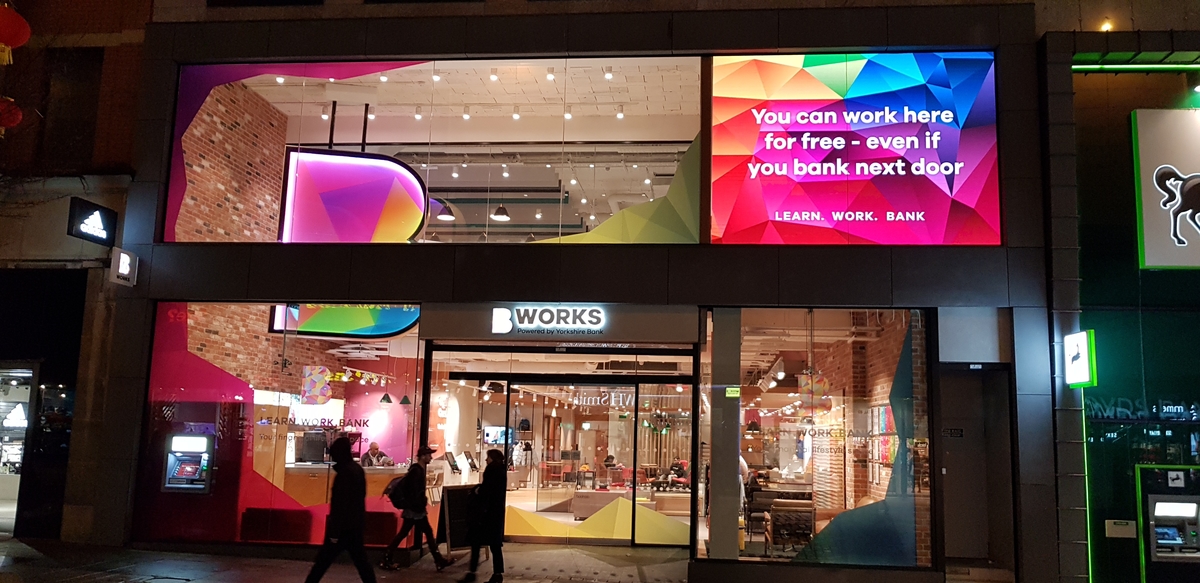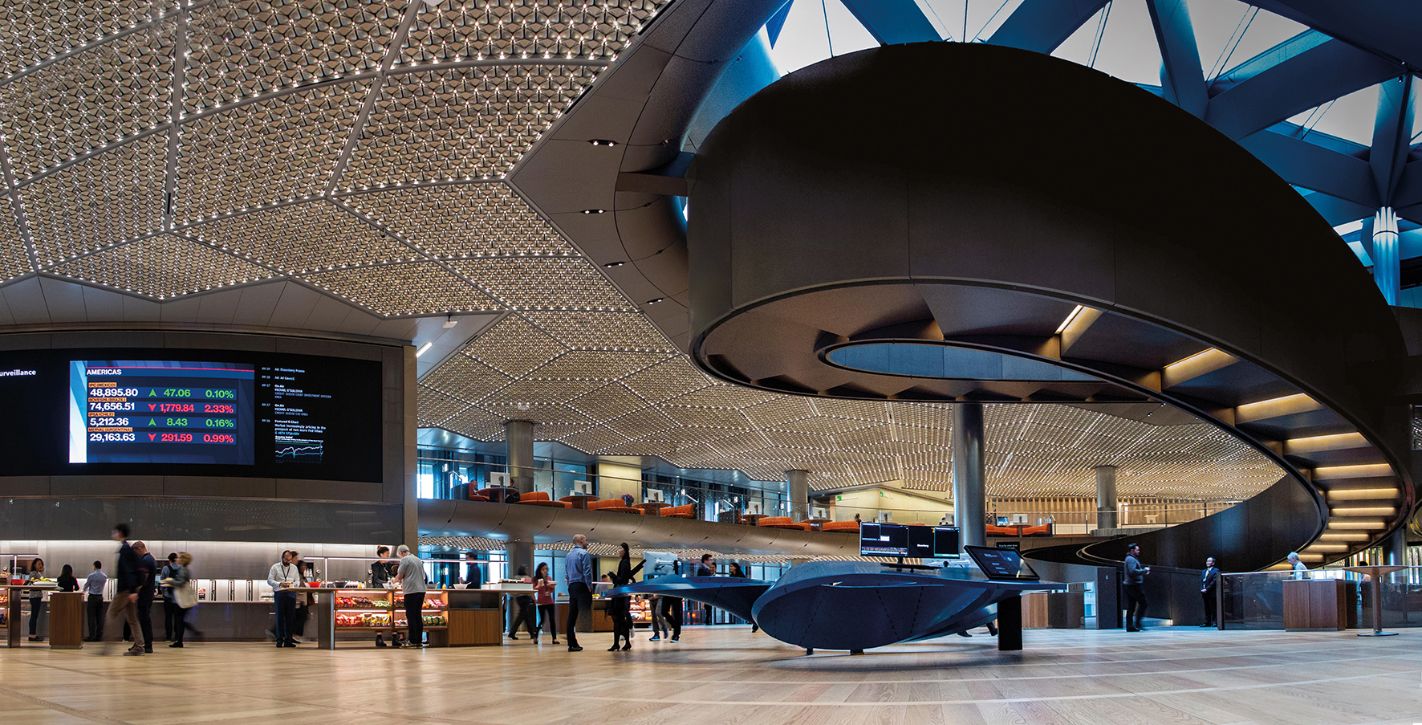endpoint

Project Name: Wayfinding strategy and design for Royal Opera House
Clients: Royal Opera House
Sector: Retail and leisure
Location: Covent Garden, London (UK)
Role: Endpoint created a comprehensive wayfinding strategy and design.
The Brief: London’s Royal Opera House (ROH) is home to two globally renowned artistic companies: The Royal Opera House and The Royal Ballet. The theatre has been enriching people’s lives through opera and ballet for nearly 300 years and continues to attract audiences from all over the world.
To ensure that opera and ballet remain just as popular for years to come, the Royal Opera House introduced the ‘Open Up’ project. This ambitious initiative is designed to make the theatre and its art forms more accessible, welcoming and inclusive. Making the theatre work as a cultural and social daytime destination, the ‘opening up’ of the historic building required extensive work, sensitively designed by architects Stanton Williams.
Several key circulation spaces were revamped, the new entrance and foyer areas enlarged, the Ampitheatre Bar & Restaurant and the Linbury Theatre refurbished, heralding a major shift in the way the building is used and enhancing the experience for the general public, audiences, staff and performers.
Outcome: Working closely with the architects and the ROH’s Audience Experience Team, Endpoint’s role was to review the wayfinding experience across the whole visitor journey, including the existing building and the impact of the new ‘Open Up’ areas. The aim was to improve and enhance the visitor experience from ticket to seat, through a seamless and long-term wayfinding solution.
The crucial innovation came when Endpoint challenged some of the traditional naming conventions that were both long-winded and difficult to understand, especially for international visitors. Our ‘floor number + door letter’ approach was tested on first-time visitors — with positive results — and has been adopted throughout. This strategic change was rolled out online, reflected in actual ticket design and in building signage.
User-centred wayfinding results: Endpoint’s user-centred wayfinding approach has had both positive operational effects as well as great visitor feedback.
Foyer congestion has been reduced as the door numbering system now makes it possible for ushers to check visitor tickets at theatre doors rather than on arrival at the ROH.
The journey time from ‘street to seat’ has been reduced to under three minutes — which previously had been one of the greatest challenges to time-poor performance visitors.
Moreover, significantly, there has been a drop in the number of lockouts now that fewer audience members are late for the start of each performance.
For Endpoint, this was an incredible project to work on — one that’s had a tangible impact in the short-term, and will no doubt improve the long-term visitor experience.
More images of Endpoint’s Royal Opera House project.
Case Study Submitted by Endpoint, Tiffany Lewis, Marketing Manager (tiffany.lewis@weareendpoint.com).




